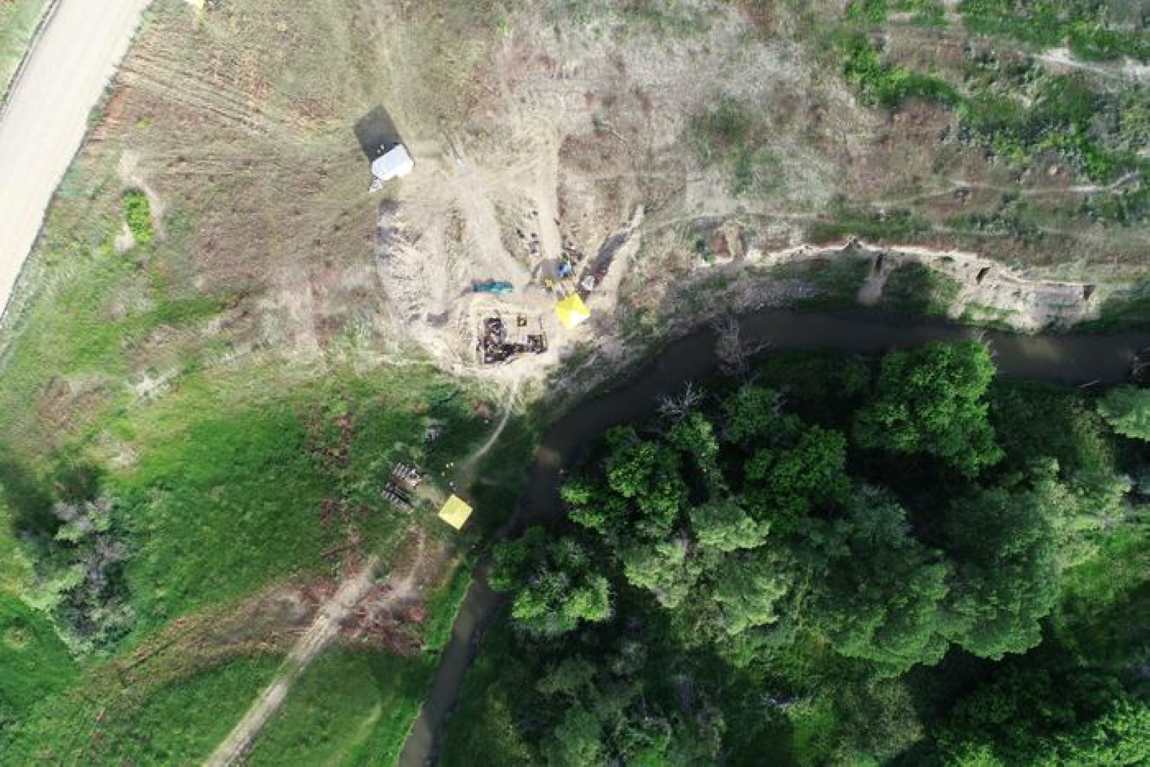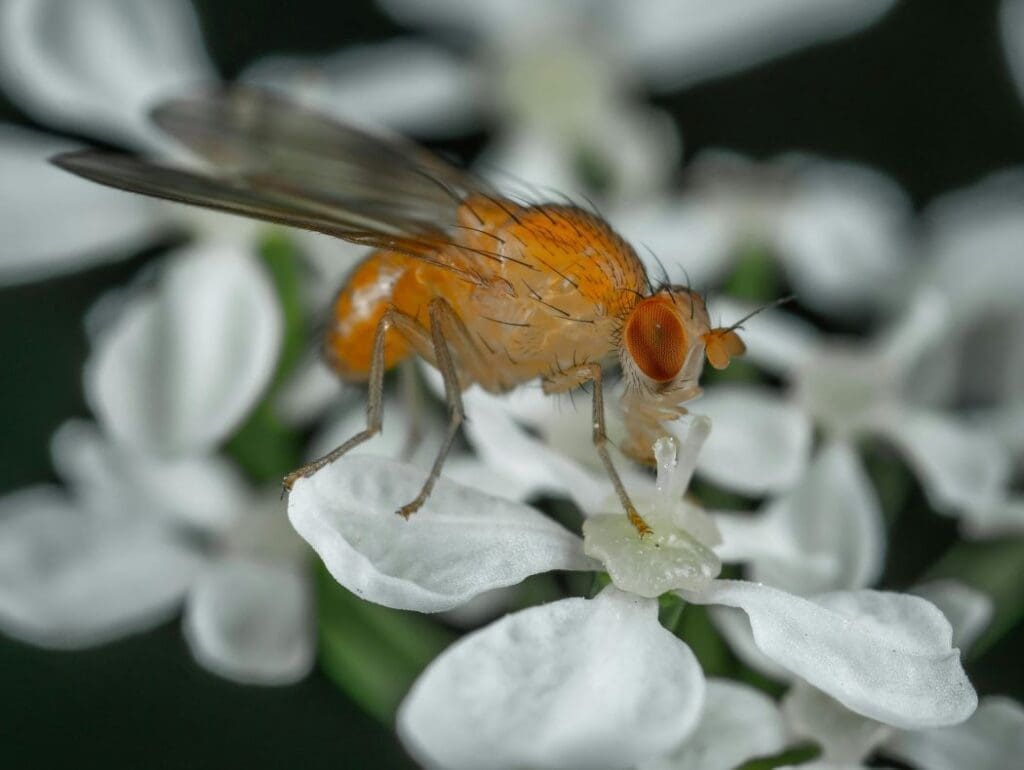Researchers examining a Wyoming archaeological site have uncovered evidence that early North Americans crafted needles from the bones of fur-bearing animals, such as foxes, rabbits, and various cats, including bobcats and possibly even the extinct American cheetah.
These Paleolithic tools, found alongside the remains of a Columbian mammoth dated to nearly 13,000 years ago, suggest the needles were used to fashion warm garments from animal furs, aiding survival in the region’s cool climate.
Wyoming State Archaeologist Spencer Pelton and colleagues at the University of Wyoming and other institutions have found that these Paleolithic humans made needles from the bones of fur-bearers – including foxes; hares or rabbits; and cats such as bobcats, mountain lions, lynx and possibly even the now-extinct American cheetah. The needles likely were used to create garments from the animals’ furs to keep the early foragers warm in what was a cool climate.
The findings, published in PLOS ONE, offer fresh insights into the ingenuity of these early foragers.
University of Wyoming – A Wyoming archaeological site where people killed or scavenged a Columbian mammoth nearly 13,000 years ago has produced yet another discovery that sheds light on the life of these early inhabitants of North America.

“Our study is the first to identify the species and likely elements from which Paleoindians produced eyed bone needles,” the researchers wrote. “Our results are strong evidence for tailored garment production using bone needles and fur-bearing animal pelts. These garments partially enabled modern human dispersal to northern latitudes and eventually enabled colonization of the Americas.”
The LaPrele site in Converse County preserves the remains of a killed or scavenged sub-adult mammoth and an associated camp occupied during the time the animal was butchered almost 13,000 years ago.
Also discovered in the archaeological excavation – led by UW Department of Anthropology Professor Todd Surovell – was a bead made from a hare bone, the oldest known bead in the Americas.
Identification of the origins of both the bone bead and bone needles was made possible through the use of zooarchaeology by mass spectrometry, also known as ZooMS, and Micro-CT scanning. Collagen was extracted from the artifacts, and the chemical composition of the bone was analyzed.
The researchers examined 32 bone needle fragments collected at the LaPrele Mammoth site, comparing peptides – short chains of amino acids – from those artifacts with those of animals known to have existed during the Early Paleondian period, which refers to a prehistoric era in North America between 13,500 and 12,000 years ago.
The comparison concluded that bones from red foxes; bobcats, mountain lions, lynx or the American cheetah; and hares or rabbits were used to make needles at the LaPrele site. This is the first such analysis ever conducted.
“Despite the importance of bone needles to explaining global modern human dispersal, archaeologists have never identified the materials used to produce them, thus limiting understanding of this important cultural innovation,” the researchers wrote.
Previous research has shown that, in order to cope with cold temperatures in northern latitudes, humans likely created tailored garments with closely stitched seams, providing a barrier against the elements. While there’s little direct evidence of such garments, there is indirect evidence in the form of bone needles and the bones of fur-bearers whose pelts were used in the garments.
“Once equipped with such garments, modern humans had the capacity to expand their range to places from which they were previously excluded due to the threat of hypothermia or death from exposure,” Pelton and his colleagues wrote.
How did the people at the LaPrele site obtain the fur-bearing animals? Pelton and his colleagues say it was likely through trapping – and not necessarily in pursuit of food.
“Our results are a good reminder that foragers use animal products for a wide range of purposes other than subsistence, and that the mere presence of animal bones in an archaeological site need not be indicative of diet,” the researchers concluded. “Combined with a review of comparable evidence from other North American Paleoindian sites, our results suggest that North American Early Paleoindians had direct access to fur-bearing predators, likely from trapping, and represent some of the most detailed evidence yet discovered for Paleoindian garments.”
Journal Reference:
Pelton SR, Litynski M, Allaun SA, Buckley M, Govaerts J, Schoborg T, et al. ‘Early Paleoindian use of canids, felids, and hares for bone needle production at the La Prele site, Wyoming, USA’, PLoS ONE 19 (11): e0313610 (2024). DOI: 10.1371/journal.pone.0313610
Article Source:
Press Release/Material by University of Wyoming
Featured image Aerial view of the LaPrele archaeological site near Douglas, Wyoming. Credit: Todd Surovell




